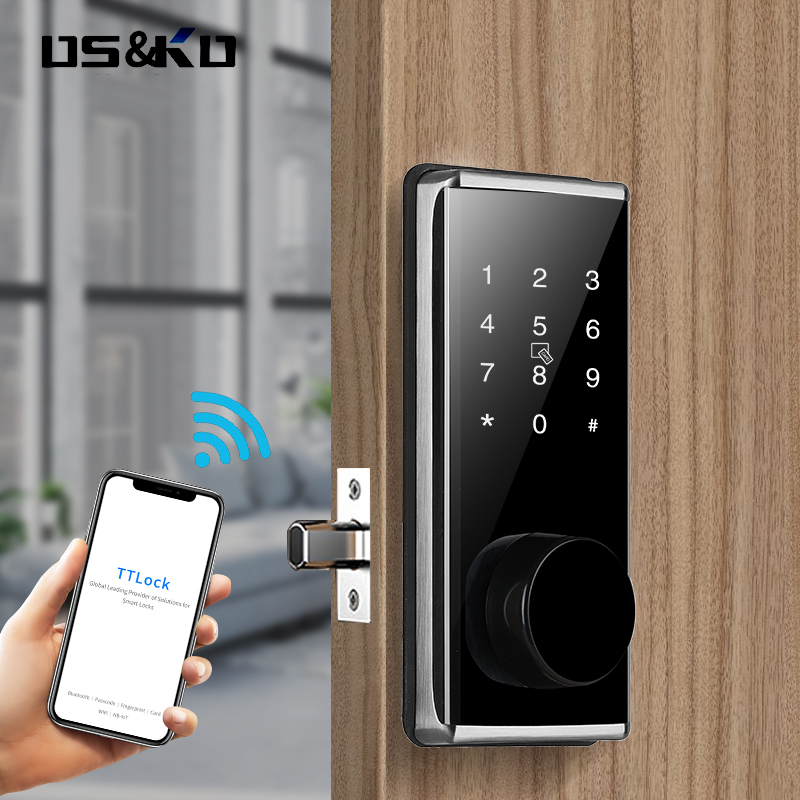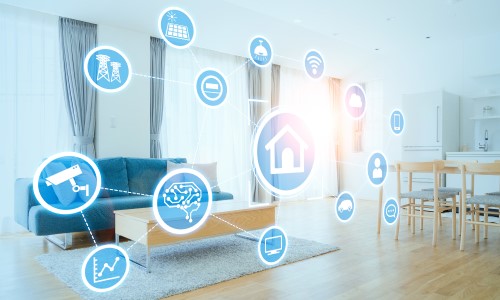
ADT, a major provider of security-related automation solutions to both residential and commercial customers in the United States, is an industry leader. ADT recently introduced Blue by ADT. This DIY smart home security brand is based on LifeShield’s work. It's designed to cater to the needs and lifestyle of those who seek security solutions that are tailored to their individual needs.
Pricey cameras
Blue by ADT security system features smart security cameras and sensors. It is possible to set up rules and receive emails in a matter of seconds. This system can be used with existing LifeShield security programs. Blue has one drawback: its price. Blue is not the only option if you need a complete solution.
Blue by ADT doorbell cameras have weather resistance, so they are resistant to extreme temperatures. They also work with an external power source, which makes them ideal for outdoors. These cameras last for up to six hours. The Extender + Chime plugs directly into an outlet to extend the cameras' battery life. The Extender + Chime allows you to create custom tones by pressing a button or moving the camera. Although blue by ADT cameras are not equipped with a siren, they can be linked to an ADT security system.

Easy to Install
Blue by ADT offers a smart home security system that is compatible with many devices and offers a flexible service plan. A month-to-month plan or a 24/7 professional monitoring package are available. In addition, Blue by ADT is easy to install and set up in a new location.
The system is easy and convenient to set up. It also provides 24 hour monitoring. It allows remote access to your security system through a mobile app. It allows you to modify your security code and monitor sensor status. Access your recordings, saved media, and receive notifications regarding upcoming events can all be accessed from the app. The app allows you to manage users as well access the history and notifications.
Smart home integration
ADT Blue smart home integration is a new feature that works with ADT's security system. It works with smart security cameras as well as the Blue base station which is a smart hub with Z-Wave embedded. Google bought 6.6% in ADT during the discontinuation of Nest Secure.
Users can customize many settings on their security system with this smart system. You can choose to receive notifications via SMS or push notifications. The system offers voice control. For example, you can control the system through Amazon's Alexa or Google Assistant. Using these devices, you can monitor your security system and set up custom automation sequences.

DIY options
ADT Blue's DIY options allow you to install your home security system yourself without the assistance of professionals. The devices are designed to be simple and intuitive to install, and you can manage them via a mobile app. A base station from ADT is required. After that, you can install the Blue device and configure it yourself.
ADT Blue's DIY options can be customized to suit your needs and budget. You can choose between standalone cameras and multi-room solutions, or you can mix and match them all. The company offers excellent customer support and a vast knowledge base. No matter what your budget may be, a Blue System can fit your needs while saving you money.
FAQ
What is the distinction between surveillance cameras and security cameras?
Surveillance cameras serve monitoring purposes, security cameras are used as protection.
Each type of camera has its pros and cons. The only thing that distinguishes them is the type and quality of images they produce. Surveillance cameras capture video in slow motion so you can observe what's really happening. Security cameras on the other side only record video and still photographs, which are saved for later review.
Which home security system is better? Home security cameras or security systems?
Home security systems are better than home security camera because they can detect movement and sounds even if nobody is in the room. On the other hand home security cameras are cheaper than home security systems, and they can easily be mounted on windows and doors.
What Home Security Systems cannot be hacked
The definition of hacking will determine the answer to this question. Hacking refers to the unauthorized access of computer systems, networks, or data. Because they don't contain software that allows remote control, most home security systems can't be hacked. They do not allow anyone to enter your property without your consent.
But, it is possible to hack some home security system if they are connected online. These systems typically require a password for operation, so anyone who knows the correct password can hack them.
Which home security system is the most feature-rich?
The Ring Video Doorbell Pro has the most features out of all thehome security systems we reviewed. It allows you to see who's at your front door, speak with them on your phone and record videos. It also comes with free cloud storage so that you can store any recordings.
Statistics
- Most home security companies will charge you around 75% of the remaining term of your contract if you cancel early—and some require 100%.Related questionsWhat type of contract length can I expect from security providers?Home security system cancellation (safewise.com)
- (In my experience, the discount on my home insurance covered about 25 percent of the subscription of an average plan, but your mileage may vary depending on your location and the size of your home.) (theverge.com)
- Depending on your insurance, 24/7 professional monitoring may qualify you for as much as 15% off your premium. (safewise.com)
- Most home security companies will charge you around 75% of the remaining term of your contract if you cancel early—and some require 100%.Related questionsWhat type of contract length can I expect from security providers?Home security system cancellation (safewise.com)
External Links
How To
How to Install a Home Security System
A home security alarm is a device that monitors the property and alerts you in case of any suspicious activity. It could be motion sensors, doorbell cameras, smoke detectors or burglar alarms. A home security system typically includes one or more sensors, such as motion detectors. These sensors send signals when they sense movement or sound. The signals are then sent out to a control board where they can monitored and recorded. A control panel will alert your phone, tablet or computer if something is wrong. The control panel will notify you immediately so that you can take corrective action.
Selecting the right sensors for your home is an important step in installing a home security alarm system. There are two types of sensors available: active and passive. Passive sensors don’t need batteries. Instead, they simply pick up sounds or vibrations from the environment. They include things like doorbells, sirens, and buzzers. Active sensors use electricity for data transmission. This type of sensor can be found in cameras and motion sensors.
There are many sensors brands today. Each brand has its own pros and disadvantages. Some sensors can withstand extreme weather conditions, while others cannot. Some include built-in speakers to allow you hear them even when they are outside. Some only work indoors. Some are basic while others offer advanced features, such as night vision.
After choosing the best sensor type for your property you can choose a manufacturer. This will ensure that your sensors are compatible. You will find many options in your local hardware store.
After you have chosen a brand, you will need to decide how many sensors you wish to purchase. Depending on whether someone lives alone or with their family, most people buy one to two sensors. You might want to buy more sensors if you intend on adding them later.
Next, think about where you want them to go. Do you want them near windows and doors? Or would you rather have them hidden? Before placing them on your property, get permission. Also, make sure they won't interfere with anything else, like electrical outlets.
After you've determined the location of your sensors, you will need a way that they can be connected to your control panels. Depending on your setup, you may need to purchase a power adapter or battery pack. Once you have everything set up, you'll be ready to monitor your property!